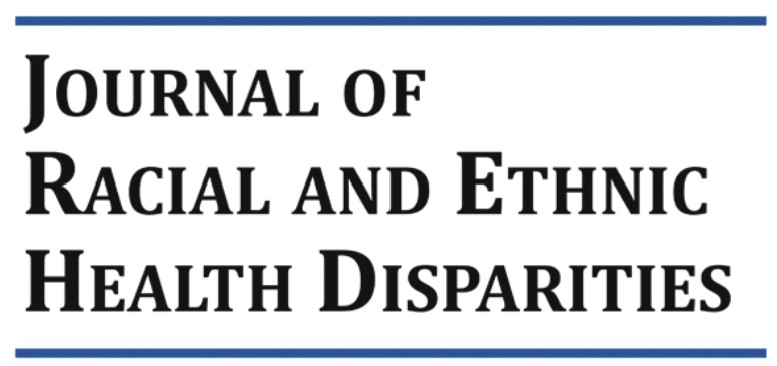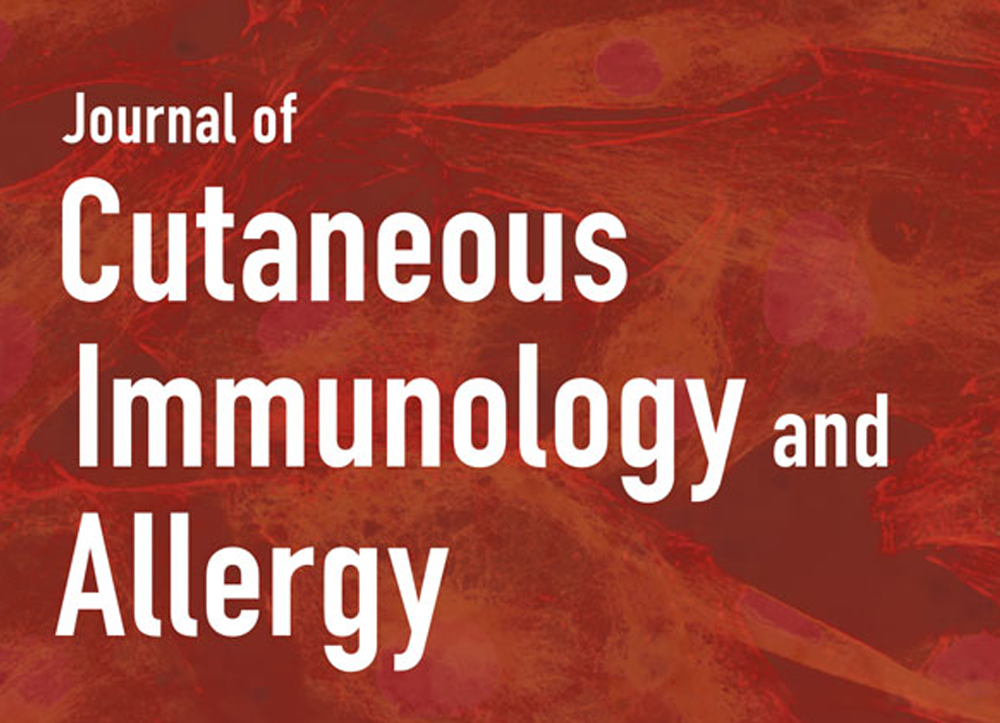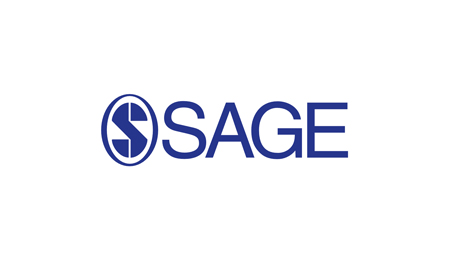Fluorescent imaging is as a non-invasive method for visualising both wound tissue and microbiome load [1]. MolecuLight i:X® is a real-time imaging modality that uses violet light (405nm) to create a map of bacterial burden, thereby guiding surgeons for targeted sampling, debridement and tailored wound therapies. The system is designed to detect moderate-to-heavy loads of bacteria, which equates to more than 104 colony forming units per gram of tissue [2]. When using MolecuLight, endogenous tissues emit green fluorescence. Bacteria with porphyrins fluoresce red (most commonly Staphylococcus aureus) and those with pyoverdine fluoresce cyan (Pseudomonas aeruginosa) [3]. Dermal templates and acellular dermal matrices are now routine in burn reconstruction, but are prone to bacterial colonisation and infection, resulting in matrix loss and further expense. Herein, we illustrate that MolecuLight may play roles in monitoring dermal templates for colonisation in the outpatient department. A chronic non-healing wound to the knee was surgi-cally debrided and biodegradable temporising matrix (BTM) (NovoSorb) applied (Fig. 1), together with empirical Acticoat dressings, due to previous P. aeruginosa isolation. Serial MolecuLight images were taken weekly. Two weeks following surgery, a halo of cyan fluorescence (Fig. 2) suggested P. aeruginosa BTM colonisation. This area was debrided and microbiology of the area confirmed the presence of P. aeruginosa. One week later, there was a major improvement in wound fluorescence and no further colonisation of the dermal template (Fig. 3). Thus, we feel that MolecuLight can be successfully used to evaluate both wounds and dermal templates for bacterial colonisation, thereby allowing prompt treatment in the outpatient clinic.
Back to All Clinical Evidence
Detection of Bacterial Burden, Chronic Wounds
The use of MolecuLight™ for early detection of colonisation in dermal templates
Fluorescence imaging was used to monitor elevated bacterial loads during burn reconstruction
Weekly fluorescence imaging led to detection of elevated bacterial loads in the dermal template at the point-of-care
This resulted in debridement
















